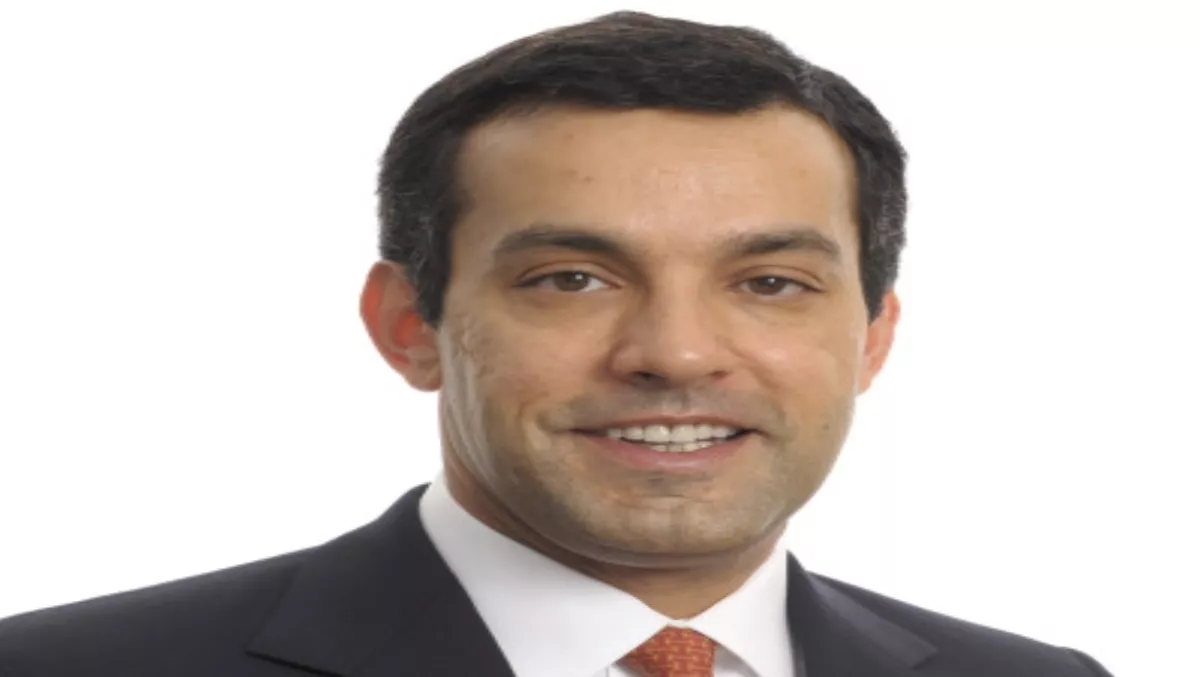
We built a cutting edge network - Alcatel Lucent
Telecom's XT Network is so cutting edge that only a handful like it have been built around the world according to the president of Alcatel Lucent in Asia Pacific Rajeev Singh-Molares. Speaking from his office in China today, Singh-Molares told Telecommunications Review that XT is an IP-based network and is “amongst the first in the world to have this rate of speed and using this technology.”
When TR asked if it was almost bleeding edge, which is why its current issues have international experts stumped, Singh-Molares replied that cutting edges is not the same as experimental. “This is proven technology,” he says. However, he couldn’t give an example of where another similar network has been deployed in the world, citing client confidentiality. He reiterated the company’s apology to Telecom’s customers and admitted that four outages in the first year of operation is “very rare” and that “the latest outage is certainly one that is our fault.” “We have to acknowledge that this is a very unusual situation and we are trying to get to the bottom of it. We’re working around the clock to get this fixed,” he says. Alcatel Lucent’s global centres of excellence in the US and Europe are engaged on the problem and the company have flown more than 20 experts to New Zealand to deal with the crisis. “There are no constraints on fixing this from a resource point of view,” he says. When asked how much Alcatel Lucent is spending on ensuring XT doesn’t fail again, Singh-Molares cited commercial confidentiality. Yesterday Telecom CEO Paul Reynolds told a media conference that Alcatel Lucent is footing the bill for the repair work. TR asked if the company warned Telecom that if the network went live too soon with 97% population coverage at launch and with only two Radio Network Controllers it might result in network failures. “I don’t think it’s appropriate for me to comment on the conversations that TNZ (Telecom) and Alcatel Lucent have had in the past. All I’m saying is that we have a very strong relationship with TNZ and we’re working very hard to fix this problem. The question of what happened here will be answered by the external consultant that has been brought in,” he says, referring to independent report Telecom has commissioned from Analysys Mason. Singh-Molares acknowledged that one of the issues had been that there were only two Radio Network Controllers. “TNZ (Telecom) have made it clear that it is one of the issues so I will acknowledge it is one of the issues,” he says. “We’re working with them to get more RNCs up and running in the country as quickly as possible. But we’re being very conservative, which is what we should be in terms of double checking everything to make sure we avoid any additional problems. Very conscious of the frayed nerves of customers of TNZ and we want to minimise any risk whatsoever going forward.” He says that the resignation of Alcatel Lucent’s former New Zealand CEO Steve Lowe is unrelated to the XT outages - something which Lowe told TR himself on Monday. “The timing is unfortunate in the sense that it’s very hard to disaggregate his resignation from the events and to convince people like yourself that the two things are unrelated, but they are unrelated. We’ve appreciated Steve’s efforts over the last two years and I accepted his resignation last week and we wish him well,” he says. Lowe’s replacement is Jyoti Mahurkar-Thombre, who arrives in New Zealand this weekend. Singh-Molares says she has been with Alcatel Lucent for more than 20 years and has experience in next generation wireless networks in the US. “She’s one of our best.”

